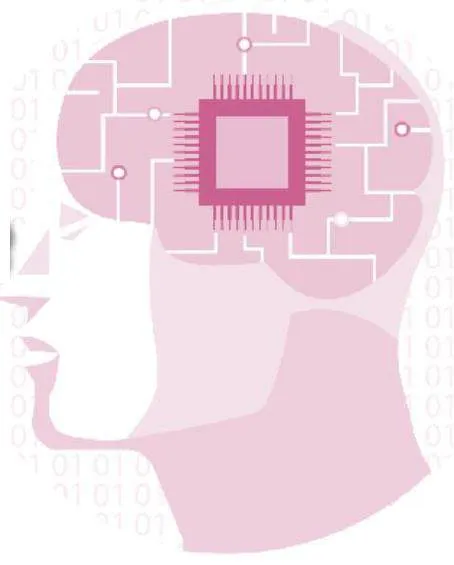From Mind to Machine 用“人脑”做的“生物计算机”
2024-09-03




人脑是一台强大的天然计算机,已经进化了数万年。但如果将这台生物计算机与真正的计算机结合起来,会得到什么呢?
美国印第安纳大学伯明顿分校的研究人员将类脑组织与电子芯片连接起来,该芯片可以执行简单的计算机任务。根据《自然》杂志,命名为 Brainoware的这套系统,属于不断发展的生物计算领域的一部分,未来或许会超越当前的计算机。
研究人员使用的类脑组织,又名类器官,不是活人大脑的一部分。它们是由人体干细胞培育而成的,能够分化成不同类型的细胞并形成人体组织。干细胞需要培育两个月的时间才能长成类器官。
随后,研究人员将一个类器官放置在带有数千个电极的电子芯片上。尽管类器官比实际的大脑更简单、更小,但其行为反应与人脑相似,例如对电信号做出反应——这个大脑一直在做的事情。这些反应会让大脑发生变化,从而增强我们的学习能力。
The human brain is a powerful natural computer thathas evolved over tens of thousands of years. But whatwould you get if you combined this biological computerwith a real one?
Researchers at Indiana University Bloomington in theUS have linked human brain-like tissues to an electronicchip, which can perform simple computer tasks. Theircreation, named Brainoware, is part of a growing fieldcalled biological computing that might one day outperformcurrent computers, according to Nature.
The brain-like tissues the researchers used, alsoknown as brain organoids, weren’t part of a livingperson’s brain. They were grown from human stemcells, which are capable of producing different types ofcells and forming body tissues. It took two months for thestem cells to mature into an organoid.
The researchers then placed one organoid onto anelectronic chip with thousands of electrodes. Althoughorganoids are much simpler and smaller than an actualbrain, they act similarly to human brains, such asresponding to electrical signals, which is what our braindoes all the time. These responses lead to changes in thebrain, which fuel our ability to learn.
为了测试 Brainoware,研究人员使用了8 个人所说的240 段日语录音对其进行训练,从而将它用于语音识别。他们发现类器官对每段声音的反应都不同。它通过对不同神经活动的反应,成功识别说话者,准确率能达到78%。
据《每日邮报》报道,Brainoware的特别之处在于,研究人员可以在不了解类器官的细胞网络的情况下利用它的复杂性。换言之,科学家不用确切知道类器官是如何工作的就可以使用它。
根据研究人员在2023 年12 月发表的研究成果,将类器官和电子芯片相结合可以提高未来人工智能的速度和效率。《自然》杂志称,此类模型还可用于研究人脑。人们可以使用Brainoware 来建模和研究神经系统疾病,如阿尔茨海默病。它还可以用来测试不同治疗方法对此类疾病的治疗效果。意大利研究人员Arti Ahluwalia 告诉《自然》杂志:“这就是希望所在,未来或许能用这些技术取代动物的大脑模型。”
According to the researchers’ work publishedin December, 2023, combining organoids andelectronic chips could increase the speed andefficiency of AI in the future. Also, suchmodels can be used to study human brains,according to Nature. Using Brainoware to modeland study neurological disorders, such asAlzheimer’s disease, is one example. It couldalso be used to test the effects of differenttreatments for such diseases. “That’s where thepromise is: using these to one day hopefullyreplace animal models of the brain,” ArtiAhluwalia, a researcher in Italy, told Nature.
To test Brainoware, the researchers used itfor voice recognition by training it with 240Japanese recordings spoken by eight speakers.They found that the organoid reacted differentlytoward each voice. With an accuracy of 78percent, it successfully identified the speakersby showing different neural activities.
What’s special about Brainoware is thatresearchers can take advantage of theorganoid’s complexity without understanding itscell networks, according to Daily Mail. In otherwords, scientists don’t need to know exactly howthe organoid works in order to use it.
